World Heritage Day: Top Bangladeshi heritage sites to visit
World Heritage Day: Top Bangladeshi heritage sites to visit
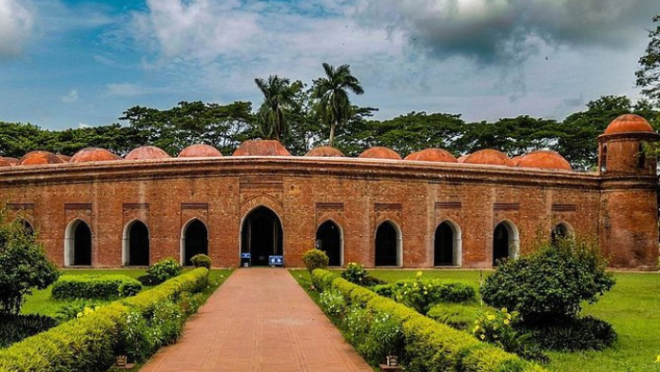
Observed on April 18, World Heritage Day 2025 puts the spotlight on efforts to preserve cultural and natural heritage across the globe. The day raises awareness about UNESCO World Heritage Sites and advocates for sustainable tourism, with the goal of protecting these wonders for generations to come.
Let’s explore the wonderful heritage sites Bangladesh has in its store:
Somapura Mahavihara
Located at Paharpur in Naogaon, Somapura Mahavihara is the significant remains of an ancient Buddhist monastery and an important archaeological site in Bangladesh. It was built in the 8th century during the reign of the Pala Empire and has been recognised as a UNESCO World Heritage Site since 1985.
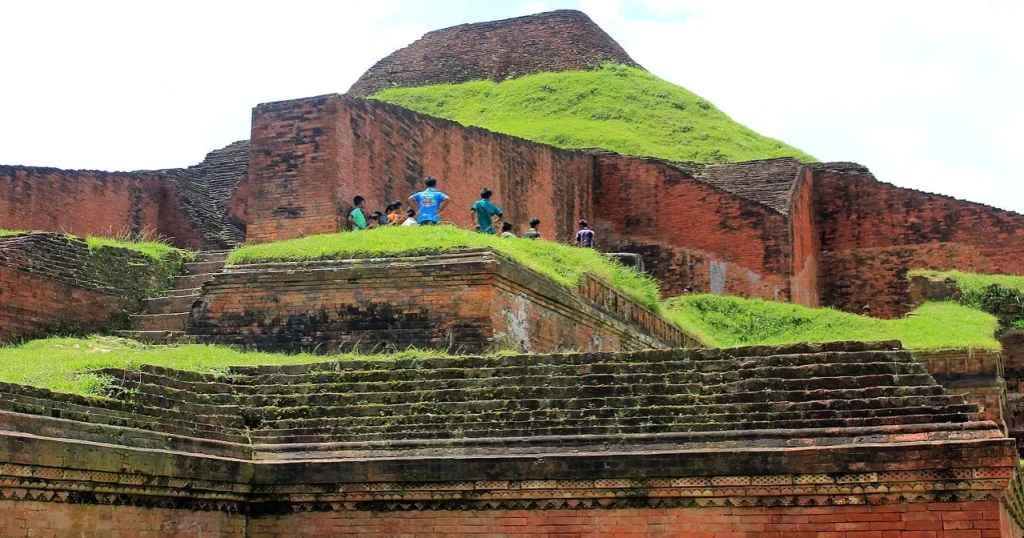
The monastery complex, covering an area of around 11 hectares, showcases the architectural prowess of the ancient Pala dynasty. Visitors can explore the ruins, which consist of various structures like the main temple, residential cells, and an elaborate gateway.
Sixty Dome Mosque
Shait Gambuj Mosque, or the Sixty Dome Mosque, was founded in the 15th century during the Bengal Sultanate by Khan Jahan Ali, a Muslim saint and ruler. The construction was completed in 1459. Designated a UNESCO World Heritage Site in 1985, this mosque stands at Bagerhat as a testament to the rich architectural heritage of the region.
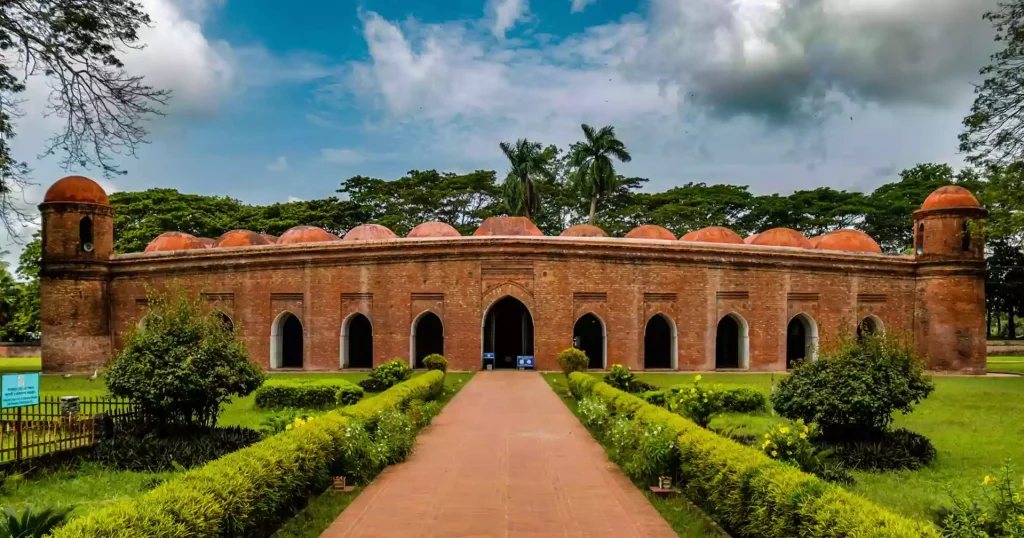
The mosque’s remarkable structure features sixty domes, sixty stone pillars, and intricate terracotta ornamentation. Visitors can explore the beautifully designed prayer hall, stroll through the lush gardens, and immerse themselves in the spiritual atmosphere of this historical site.
Ahsan Manzil
Ahsan Manzil is a majestic palace located in Old Dhaka. It was completed in 1872 and served as the official residence of the Nawabs of Dhaka during the British colonial period. Ahsan Manzil witnessed significant historical events, including the anti-British movements and the partition of Bengal in 1905.
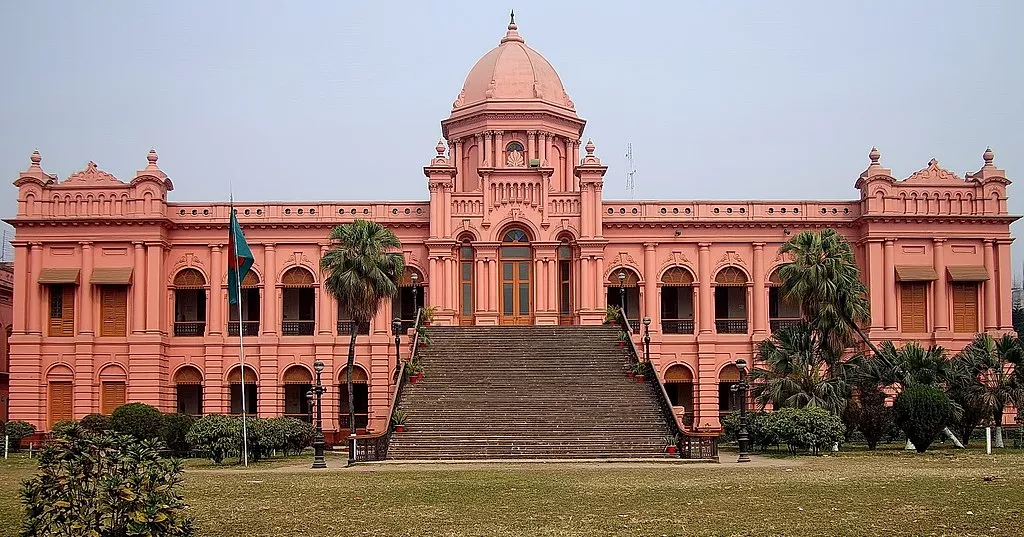
Today, it stands as a museum showcasing the lifestyle, artefacts, and history of the Nawabs. Visitors can admire the palace’s distinctive pink facade, explore the grand halls, and enjoy the panoramic view of the Buriganga River from its balcony.
Panam Nagar
Sonargaon’s Panam City is a historic site located in Narayanganj, Bangladesh. It dates back to the 13th century and was a thriving trading centre during the Bengal Sultanate and Mughal periods. The city flourished with architectural wonders, bustling markets, and diverse communities.
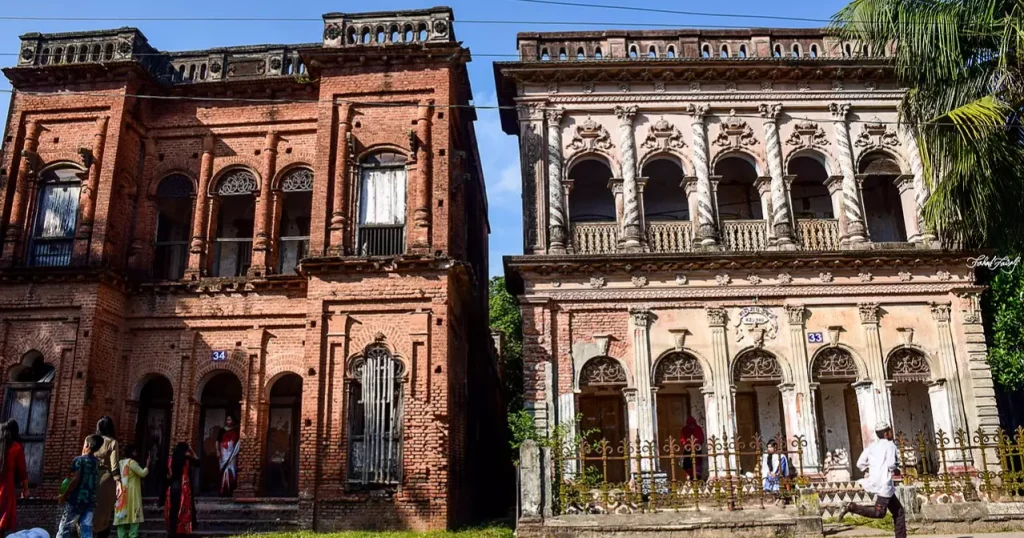
Visitors can explore the remnants of this old city, which features well-preserved mansions and merchant houses. The site offers a glimpse into the prosperous past of the region and provides a unique opportunity to experience the architectural and cultural heritage of Bangladesh.
Jatiya Sangsad Bhaban
Jatiya Sangsad Bhaban, the National Parliament Building, is an iconic architectural masterpiece situated at Sher-e-Bangla Nagar in Dhaka, Bangladesh. It was opened in 1982 and designed by the renowned American architect Louis Kahn. The building holds great significance in the history of Bangladesh, as it symbolises the country’s independence and democratic ideals.
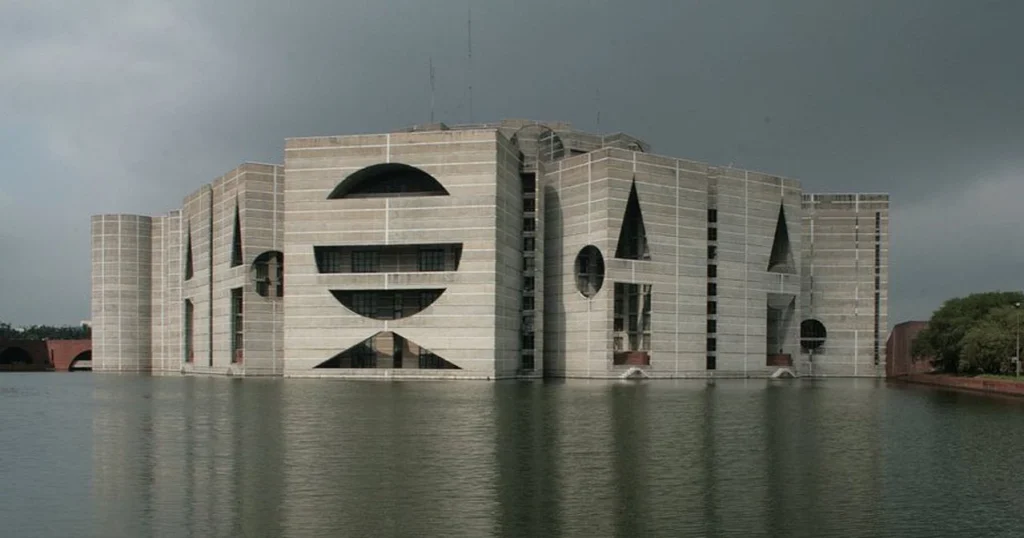
Visitors can marvel at the unique design, which combines modern elements with traditional Bangladeshi architecture. The complex includes the parliament chambers, surrounding lake, landscaped gardens, and a museum dedicated to the history of Bangladesh’s struggle for independence.
Lalbagh Fort
Lalbagh Fort, located in Old Dhaka, was founded in 1678 during the Mughal era by Prince Muhammad Azam, the son of Emperor Aurangzeb. The fort showcases a magnificent blend of Mughal and local architectural styles. Azam, who later became the Mughal Emperor for a very brief period, stayed in Bengal for 15 months. When the prince was called away by his father, Aurangzeb, the fort’s construction was overseen by Shaista Khan. Lalbagh Fort has witnessed several historical events, including the uprising against the British in 1857 and the anti-British movements of the early 20th century.
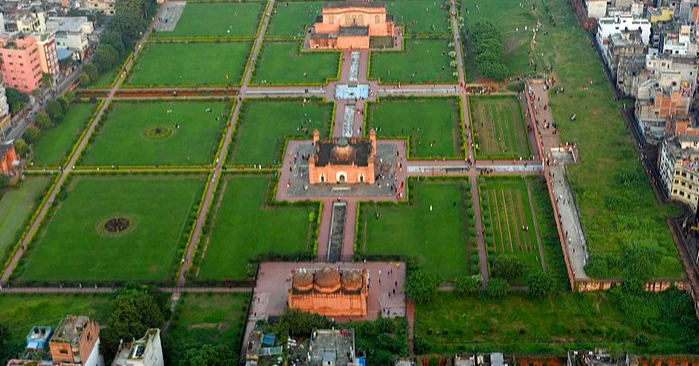
Today, the fort stands as a historical landmark, attracting both locals and tourists. Visitors can explore its impressive structures, such as the Diwan-i-Aam (public audience hall), the Tomb of Pari Bibi, and the Mosque of Shaista Khan.
Bara Katra-Choto Katra
Bara Katra-Choto Katra, situated in Old Dhaka, Bangladesh, is a complex that consists of two historical caravanserais. Bara Katra, founded in 1644 by Mughal Prince Shah Shuja, served as a lodging place for traveling merchants. Choto Katra, built in 1663 by Shaista Khan, operated as a smaller version of Bara Katra.e Tomb of Pari Bibi, and the Mosque of Shaista Khan.
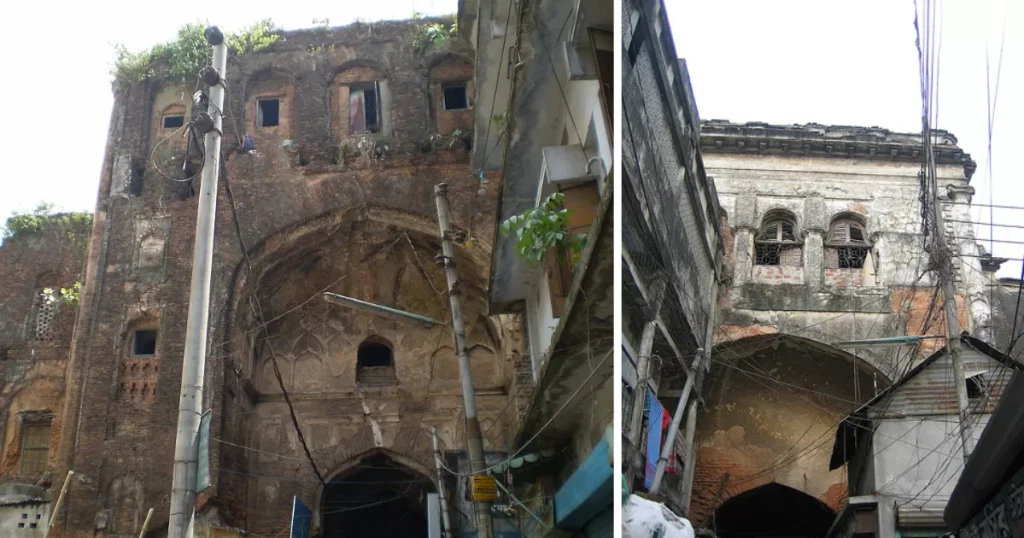
Although the original structures have suffered neglect and decay over the years, efforts have been made for restoration. Today, visitors can witness the grand architectural design of the caravanserais and explore the surrounding vibrant markets and narrow alleys, which provide a glimpse into the historical commercial hub of Dhaka.
Mainamati
The Mainamati Archaeological Site, located near Cumilla in Bangladesh, dates back to the 8th century. It comprises a vast area of Buddhist ruins, including monasteries, stupas, and temples. Mainamati flourished under the rule of the Samatata and Deva dynasties.
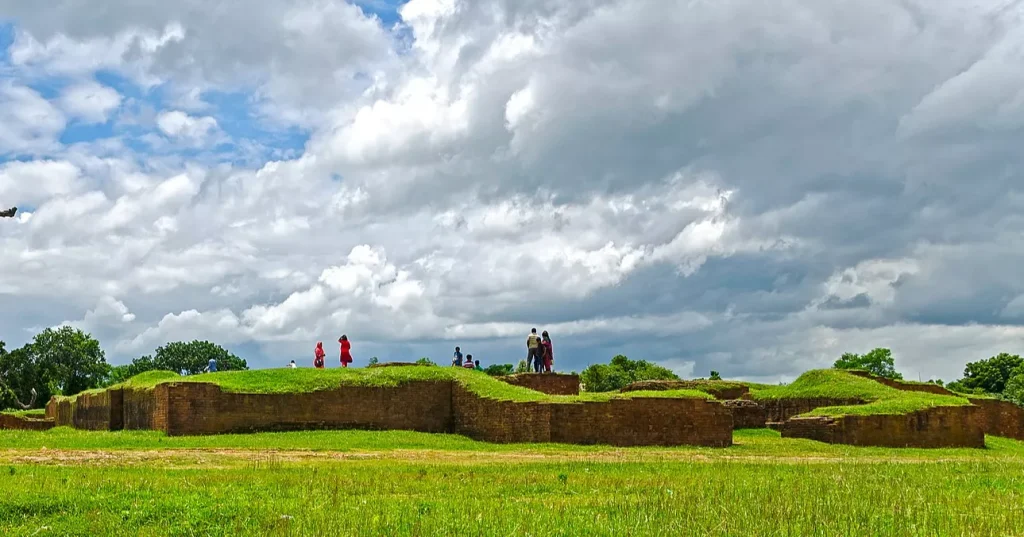
Presently, the site is protected as a major archaeological destination and offers visitors a chance to explore its ancient relics and architectural remains. Notable attractions include the Shalban Vihara, Kutila Mura, and Ananda Vihara. The Mainamati Museum nearby displays a remarkable collection of artefacts found in the area.
Mahasthangarh
This heritage site is located in Shibganj upazila of Bogura district. Founded in the 3rd century BCE, this ancient archaeological site holds immense historical significance as the oldest urban site and the ancient capital of the Pundra kingdom. Over the centuries, Mahasthangarh witnessed various historical events, including the rise and fall of different dynasties, such as the Maurya, Gupta, and Pala empires.
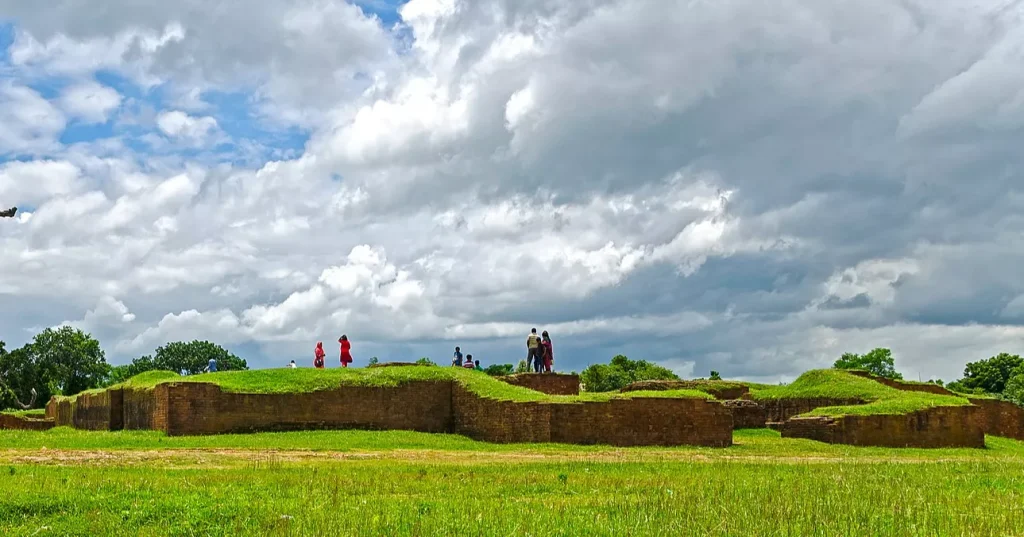
The site contains impressive ruins, including ancient fortifications, temples, and residential areas. Presently, it is a popular tourist destination, attracting visitors interested in exploring the rich history of the region. Visitors can also explore the adjacent Mahasthangarh Museum, which showcases artefacts excavated from the site.
The site contains impressive ruins, including ancient fortifications, temples, and residential areas. Presently, it is a popular tourist destination, attracting visitors interested in exploring the rich history of the region. Visitors can also explore the adjacent Mahasthangarh Museum, which showcases artefacts excavated from the site.
Tajhat Palace
Constructed in the 20th century, this magnificent historical palace was built by Maharaja Kumar Gopal Lal Roy, a prominent landlord of the region, during the British colonial period. Located at Tajhat in Rangpur district, the palace exhibits exquisite architectural features, blending influences from both the European and Mughal styles.
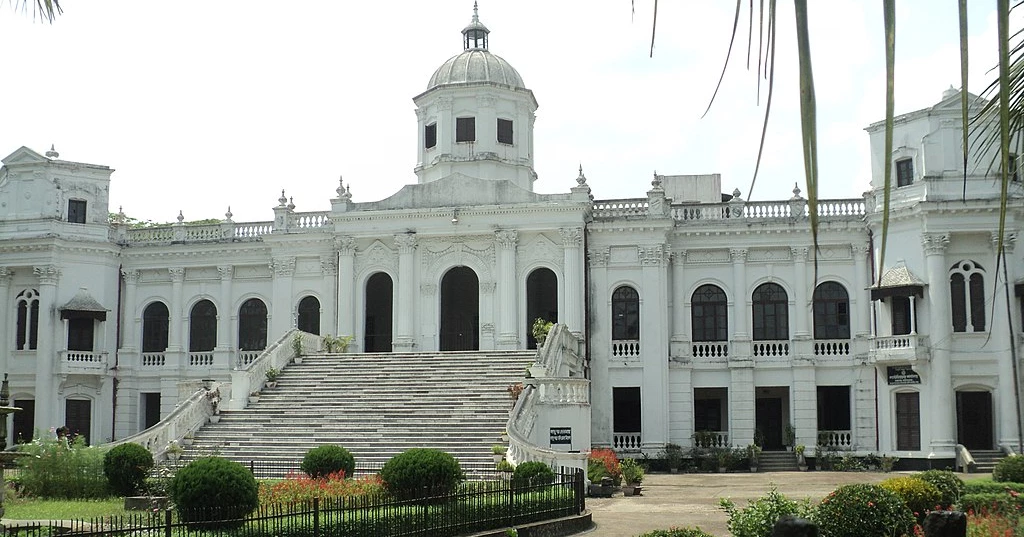
Currently, Tajhat Palace serves as a museum, preserving and showcasing various artefacts, antique furniture, and handicrafts that reflect the cultural heritage of the region. Visitors can admire the intricate woodwork, ornate ceilings, and well-preserved interior decor. The palace gardens surrounding the building provide a serene and picturesque setting for visitors to explore.
Choto Sona Mosque
Dating back to the 16th century, Choto Sona Mosque is an architectural gem located in Chapainawabganj district of Bangladesh. The mosque was constructed between 1493 and 1519, during the reign of Alauddin Husain Shah, the Sultan of Bengal.
The mosque exhibits a fusion of Bengali and Turkish architectural styles, characterised by intricate terracotta ornamentation, delicate mihrab designs, and unique brickwork patterns.
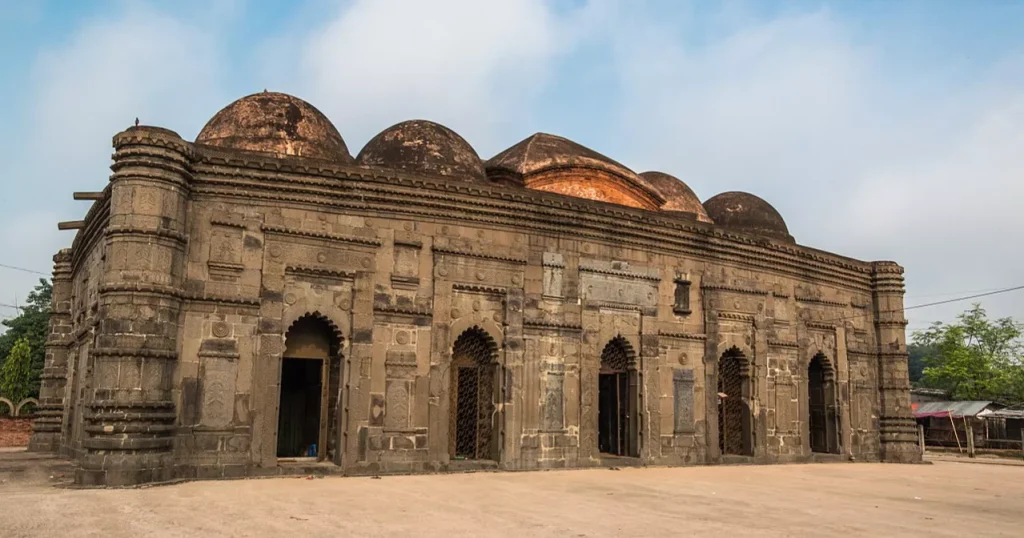
Despite the passage of time, the mosque has managed to retain its grandeur and historical charm. Visitors can marvel at the architectural details and experience the spiritual ambiance within the serene surroundings of the mosque.
Kantaji Temple
This magnificent terracotta Hindu temple stands in Dinajpur of Bangladesh. This temple was founded in the late 18th century by Maharaja Pran Nath, a ruler of the region. The construction ended in 1722 during the reign of his son Raja Ramnath. The temple is renowned for its intricate terracotta ornamentation.
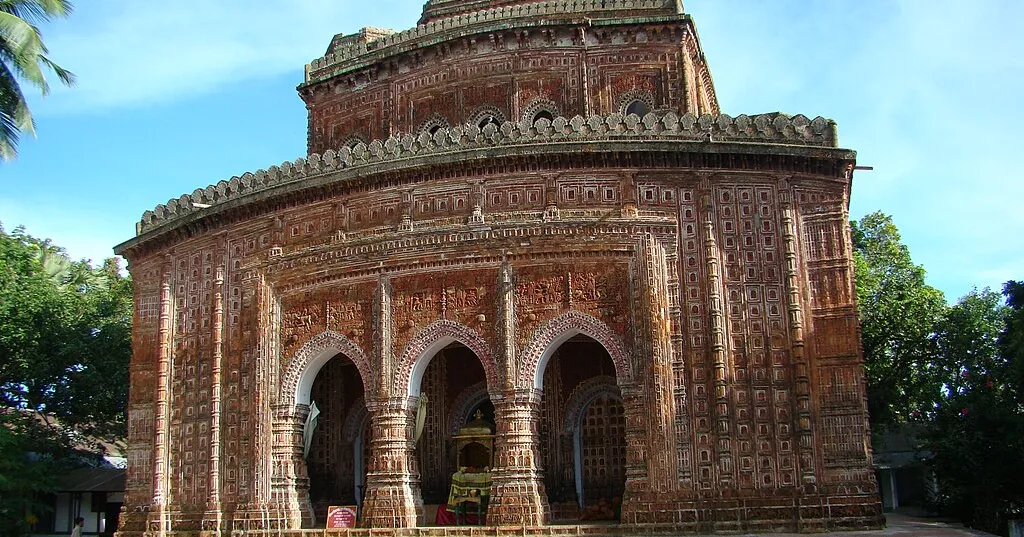
Today, it attracts both local devotees and tourists who admire its exquisite craftsmanship. Surrounding the temple, there are serene gardens and a large pond, creating a picturesque ambiance for visitors to explore.
Bagha Mosque
Bagha Mosque is a historical mosque located in Bagha, a small town in the Rajshahi district. The mosque was constructed in 1523 during the reign of Sultan Nusrat Shah, a ruler of the Husain Shahi dynasty. The mosque is known for its impressive terracotta decoration, featuring intricate floral and geometric patterns.
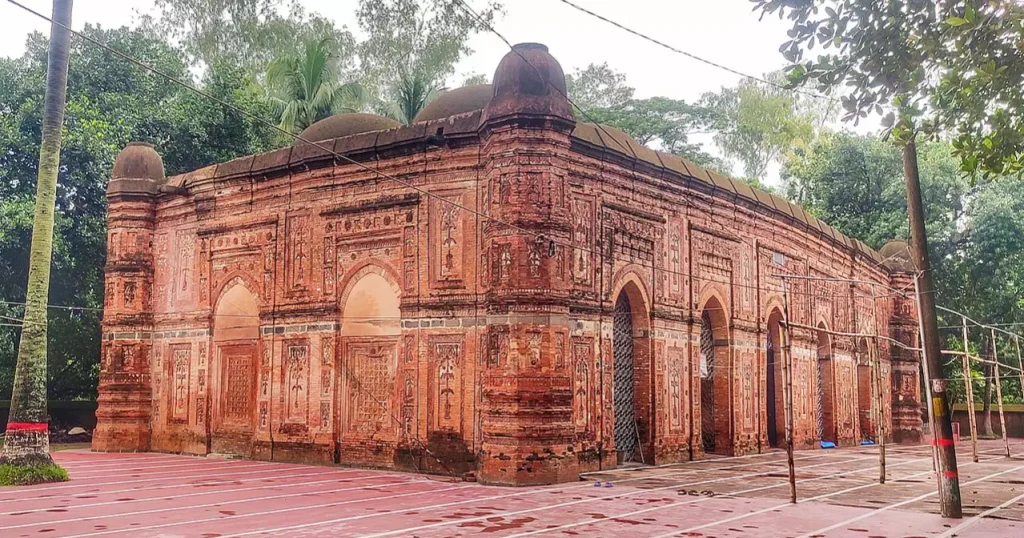
Despite being over 500 years old, the mosque has stood the test of time and remains in good condition. Visitors can explore the mosque’s courtyard, prayer hall, and beautiful arched gateways.
Puthia Temple Complex
Puthia Temple Complex is situated in Puthia upazila of Rajshahi district. This vast temple complex presents a cluster of notable old Hindu temples. The temples were built in terracotta in diverse styles, combining Jor-Bangla architecture with versatile influences. The complex was developed over several centuries, with the earliest structures dating back to the 16th century. It was primarily built by the Puthia Raj family, local zamindars (landlords) who were patrons of art and culture.
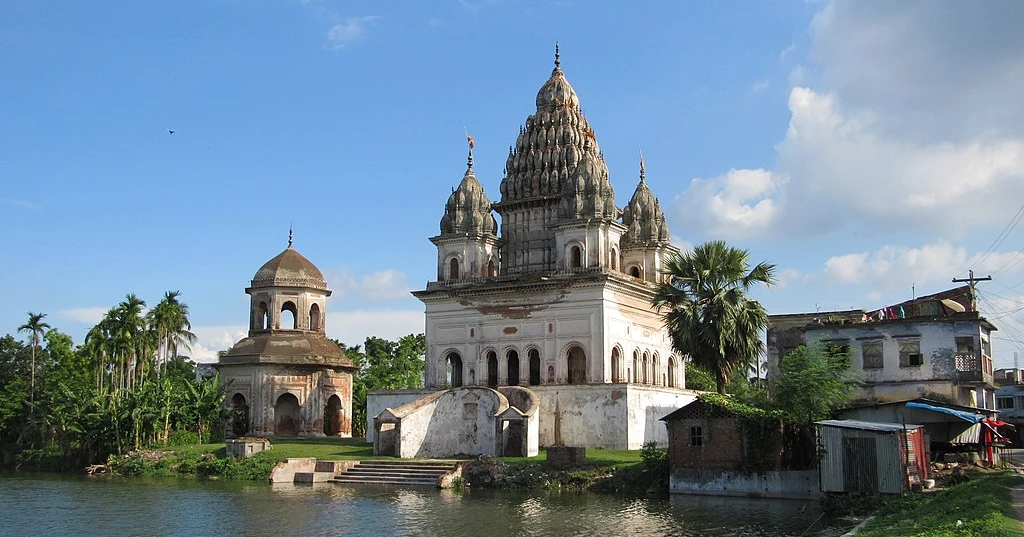
The temple complex consists of several temples, such as the Govinda Temple, Shiva Temple, and Jagannath Temple, among others. Despite the passage of time and natural disasters, many of the temples have been well-preserved and are open to visitors.


